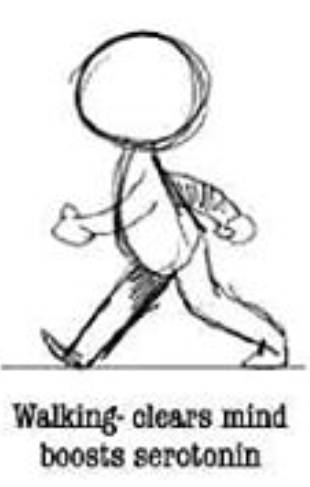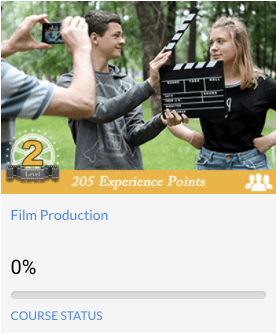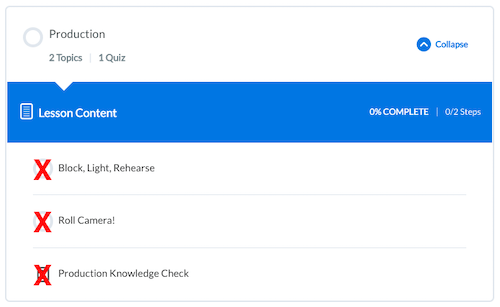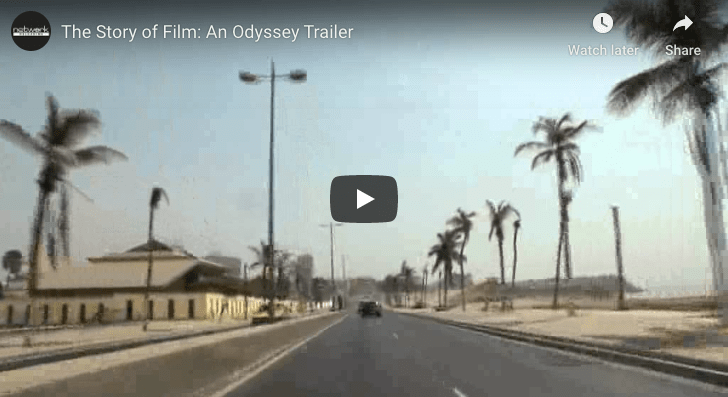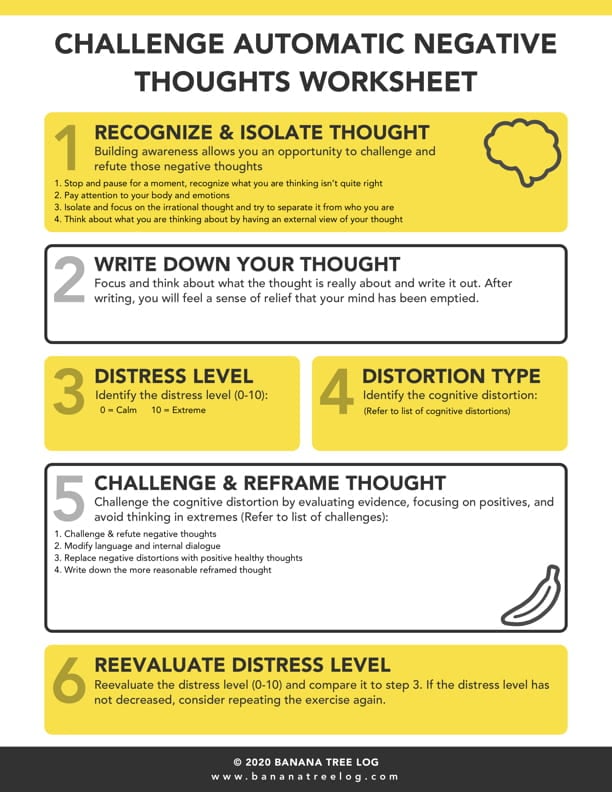| TOPIC | YOUR NOTES |
| 1. Who is the protagonist? | One |
| 2. Who is the antagonist? | All the bad guys they are trying to kill. |
| 3. What is the conflict? | The plot follows a group of six operatives who seek to bring justice to an unjust world. Ryan Reynolds plays a secretive billionaire genius code named One. Tired of watching the world go to crap, One devises a plan. He recruits a team of world-class operatives who each fake their death to become “ghosts” and join One’s cause. This group includes a doctor, a hit-man, a spy, a parkour ninja, and a sniper. |
| 4. What is the theme or central, unifying concept? (summarize in one or two words) | teamwork, family |
| 5. How is the story told (linear, with flashbacks, flash-forwards, at regular intervals) | There are a couple of flashbacks but for the most part, the story is told in regular intervals. |
| 6. What “happens” in the plot (Brief description)? | This group of individuals all go as a team to take out some very bad people who have hurt many people. It shows their adventures and character development which added a lot to the story. |
7. How does the film influence particular reactions on the part of viewers (sound, editing,
characterization, camera movement, etc.)?Why does the film encourage such
reactions? | This film has a lot of very high paced moments. In the beginning, they are in a very high-speed car chase and there is a lot of yelling and the cars vrooming and gunshots. I think it keeps the audience on their toes which is very good for a movie like this. |
| 8. Is the setting realistic or stylized?What atmosphere does the setting suggest?Do particular objects or settings serve symbolic functions? | The setting is realistic. It suggests a present time, in a different foreign country, I think they are in Italy in the beginning. |
9. How are the characters costumed and made-up?What does their clothing or makeup reveal about their social standing, ethnicity, nationality, gender, or age?How do
costume and makeup convey character? | The characters are made to look cool. The sniper is a French lady, the doctor speaks in Spanish and is Latina. They are all in their 25 to 30s. |
| 10. How does the lighting design shape our perception of character, space, or mood? | When the lighting is darker it makes you think the mood is dark and sad. Not a good time. |
| 11. How do camera angles and camera movements shape our view of characters or spaces?What do you see cinematically? | When the camera is close up and you can see characters’ emotions better and you see how sad or happy they are. If the camera is wider you can see more around you. |
12. What is the music’s purpose in the film?How does it direct our attention within the
image?How does it shape our interpretation of the image?What stands out about the music? | When they played songs like “legends” that song really hypes you up and it makes you more interested in what you’re watching. Then in more serious scenes, they play more mysterious music. |
| 13. How might industrial, social, and economic factors have influenced the film?Describe how this film influences or connects to a culture? | The film’s budget was 150 million dollars so It had a lot of money to make the film good. There are a lot of different glimpses at different cultures in this movie whether it is a state or someone talking in a different language or showing cultural food. |
14. Give an example of what a film critic had to say about this filmUse credible sources and cite sourcesExample: “The Shawshank Redemption Movie Review (1994) | Roger Ebert.” All
Content. N.p., n.d. Web. 24 June 2015. | https://www.empireonline.com/movies/reviews/6-underground/ |
| 15. Select one scene no longer than 5 minutes that represents well the whole film and shows relevant cinematic elements.Write a one-sentence description of the scene and record the time of the scene. Example, from 1:05:00 to 1:10:00.Explain why you chose this scene. | This scene is a car chase that shows all character’s abilities and strengths.
00:03:00 – 00:08:00
I chose this scene because it has all the character’s personalities in it and raps up the plot of the story. |
| 16. In the selected scene: write a sentence for each of the elements below to justify why this scene best represents the film: | |
| a. Screenwriting: | There were a lot of little jokes weaved into this scene that really helped show the personality of the characters in the film. |
| b. Sound Design: | There were many big sound effects in this scene, the car roar, gunshots, at one point an eyeball falls into this guy’s lap and you can hear the squishy sounds of it, which added humor. |
| c. Camera Movements/Angles: | There was a lot of close up angles on the characters in the car chase that added the effect of showing how everyone was feeling and their emotions. |
| d. Light Setup: | There was a variety of different light setups during this scene. |
| e. Soundtrack/Score: | I loved the soundtrack during this scene. It was so cool and made you so excited about what was going to happen next. |
| 18. What’s the socio-cultural context of this film? | The main characters don’t go by their real names, they go by numbers. They start out as more just partners in crime (good guy crime) But later in the movie they become closer. |


